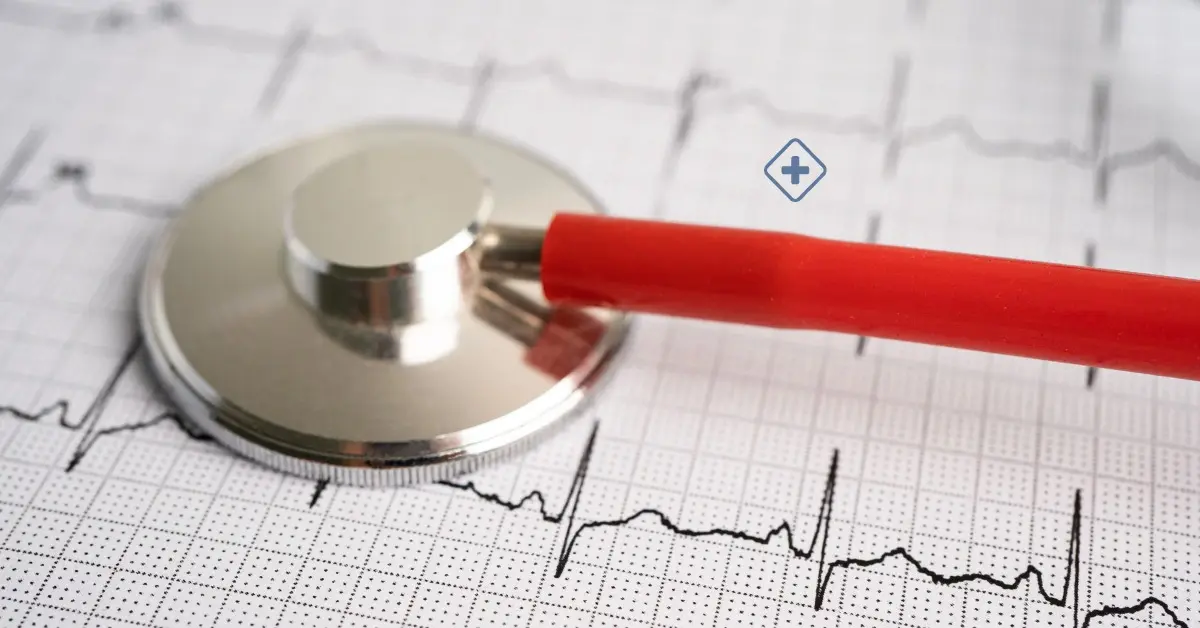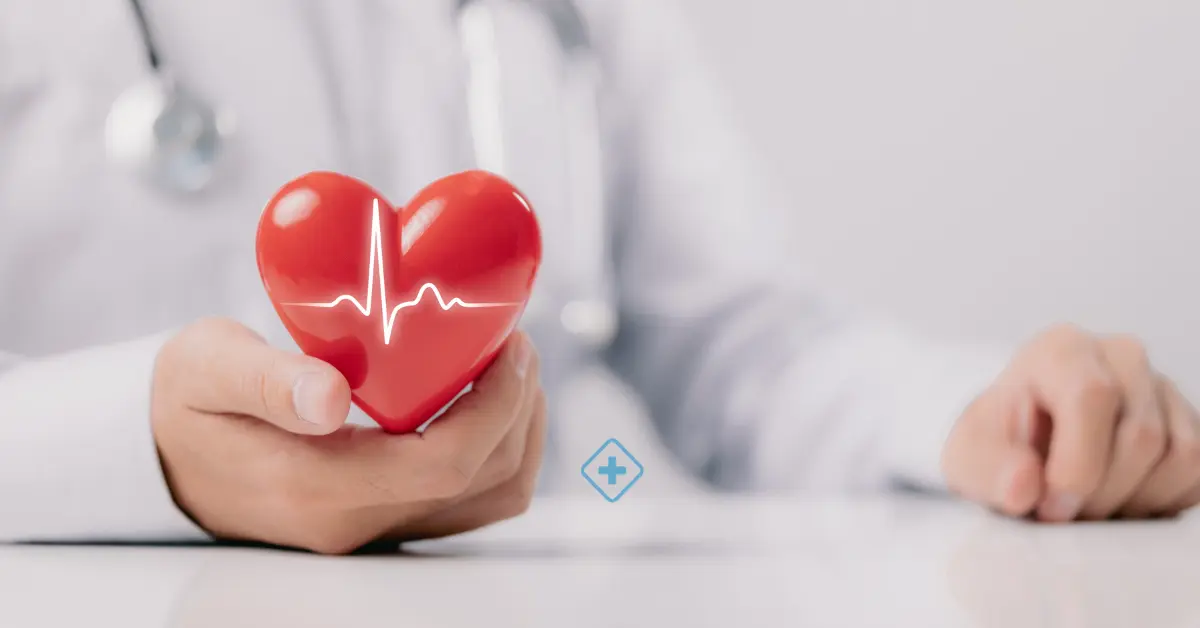
Endocarditis
Endocarditis is an inflammation of the inner covering of the heart chambers & valves that must be attended immediately. Read all about it.

It is an inflammation of the endocardium, which is the inner covering of the heart chambers and valves. Endocarditis can generate various complications, so it must be attended to immediately, in some cases treatment with antibiotics or surgery is required.
This disease usually occurs when bacteria, fungi, or other germs from another part of the body spread through the bloodstream and attach to damaged areas of the heart.
Causes
There are many possible causes of contracting Endocarditis, in some cases, the Cardiologist may not be able to determine the exact cause of your condition.
We group some factors that can cause Endocarditis.
-
Bacterial or in some cases the fungal infection
-
Heart valves disease, artificial heart valves, or other heart failures
-
Intravenous drug abuse
Symptoms
Endocarditis symptoms may manifest slowly or suddenly. Among the most common symptoms are:
-
Fever
-
Shaking chills
-
Excessive sweating
-
Fatigue
-
Weakness
-
Pain in the muscles or joints
-
Linear subungual hemorrhage bleeding in small areas under the nails
-
Janeway lesions, painless red spots on the skin of the palms of the hands and soles of the feet
-
Osler's Nodules, red lesions located on the fingertips
-
Difficulty breathing
-
Swelling of the feet, legs, and abdomen
Risk factors
-
Intravenous drug use
-
History of Endocarditis
-
Congenital heart defects
-
Artificial heart valves
-
Damaged heart valves
Diagnosis of Endocarditis
The Cardiologist will perform a physical exam, ask questions related to your symptoms, lifestyle, and medical history. Your doctor may check other factors such as coronary artery disease or diabetes and high blood pressure.
Following are some of the most common tests that could be carried out:
-
Electrocardiogram records the electrical activity of the heart
-
Echocardiogram, produces video images of the heart, the size and shape of the heart can be observed, in addition to any abnormality
-
Chest X-ray allows seeing the state of the lungs and heart
-
CT Scan, will enable images of the heart and chest to be seen and to see if there is any risk of heart attack
-
MRI, Magnetic Resonance Imaging
Treatment of Endocarditis
The supply usually treats Endocarditis cases of antibiotics. In more severe cases, the doctor may recommend that the patient undergo surgery.
The Cardiologist will supply you with the antibiotic, most suitable to treat your infection.
When receiving intravenous treatment of the antibiotic, the patient must spend at least one week in the hospital; this allows the doctor to analyze the reaction of the medicine in your body and ensure that the treatment is working.
The patient should continue treatment with intravenous antibiotics either with home health care or in the doctor's office. You should see your doctor regularly to see the progress of the procedure.
Living with Endocarditis
Following the treatment provided by your Cardiologist and living a healthy lifestyle could help improve quality of life.
You can prevent Endocarditis by maintaining a healthy lifestyle. We group the following recommendations.
-
Maintain good care of your oral health, brush your teeth and gums, floss, perform regular dental check-ups
-
Avoid exposing yourself to procedures that can cause skin infections, such as tattoos and piercings
-
Contact your doctor if you have signs or symptoms of Endocarditis, such as a fever that does not go away, tiredness, skin infection, and wounds
¿When to go to a doctor?
It is essential to consult a Cardiology specialist to diagnose Endocarditis and to be able to start a treatment that helps you control your symptoms.
At the time of consulting your Cardiologist, try to keep a record of your pain with a detailed description of the symptoms, duration, and what you think triggered them. Also, mention any medications you are taking.
Contact your Cardiologist if you have any of the symptoms mentioned or if you have Endocarditis, and the symptoms get worse, or the treatment does not work.
BlueNetHospitals - Hospital Los Cabos
BlueNet Hospitals.

Cardiac Ablation
Cardiac ablation is recommended when treatments are no longer effective or are not well tolerated to treat arrhythmias
Extrasystoles
Ventricular extrasystoles may not present symptoms; in other cases, they may cause unpleasant or alarming sensations.
Heart Murmurs
A heart murmur is an unusual sound that is heard when blood flows through the heart.
Cardiac Catheterization
Cardiac catheterization is an invasive procedure used to assess the heart and blood vessels by inserting a catheter into them.
- ¿Necesitas una cita con un Especialista?
- llámanos
- escríbenos
- Conéctate





